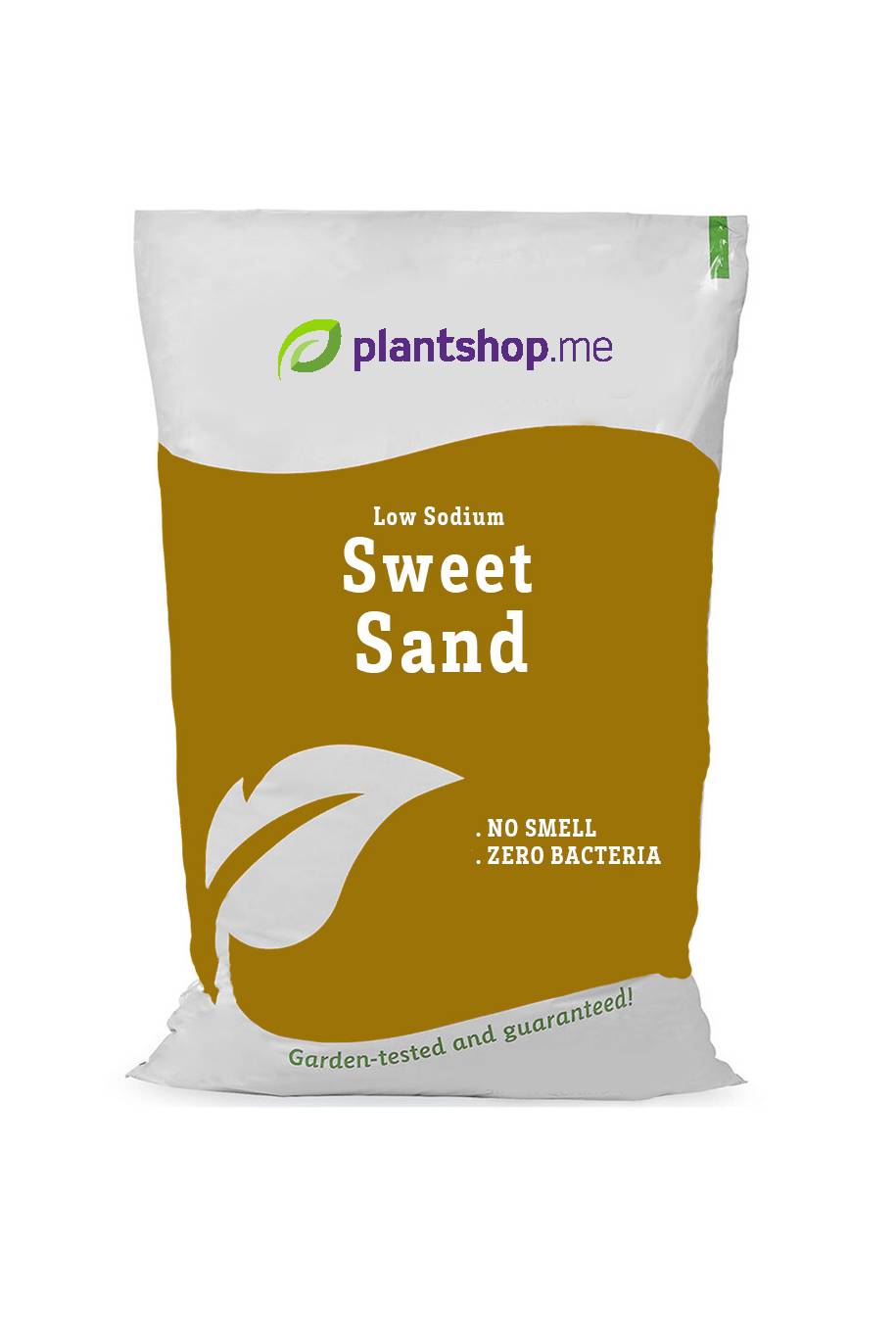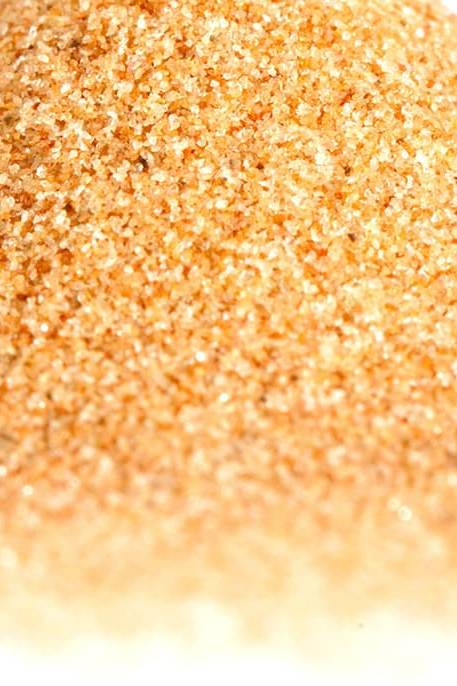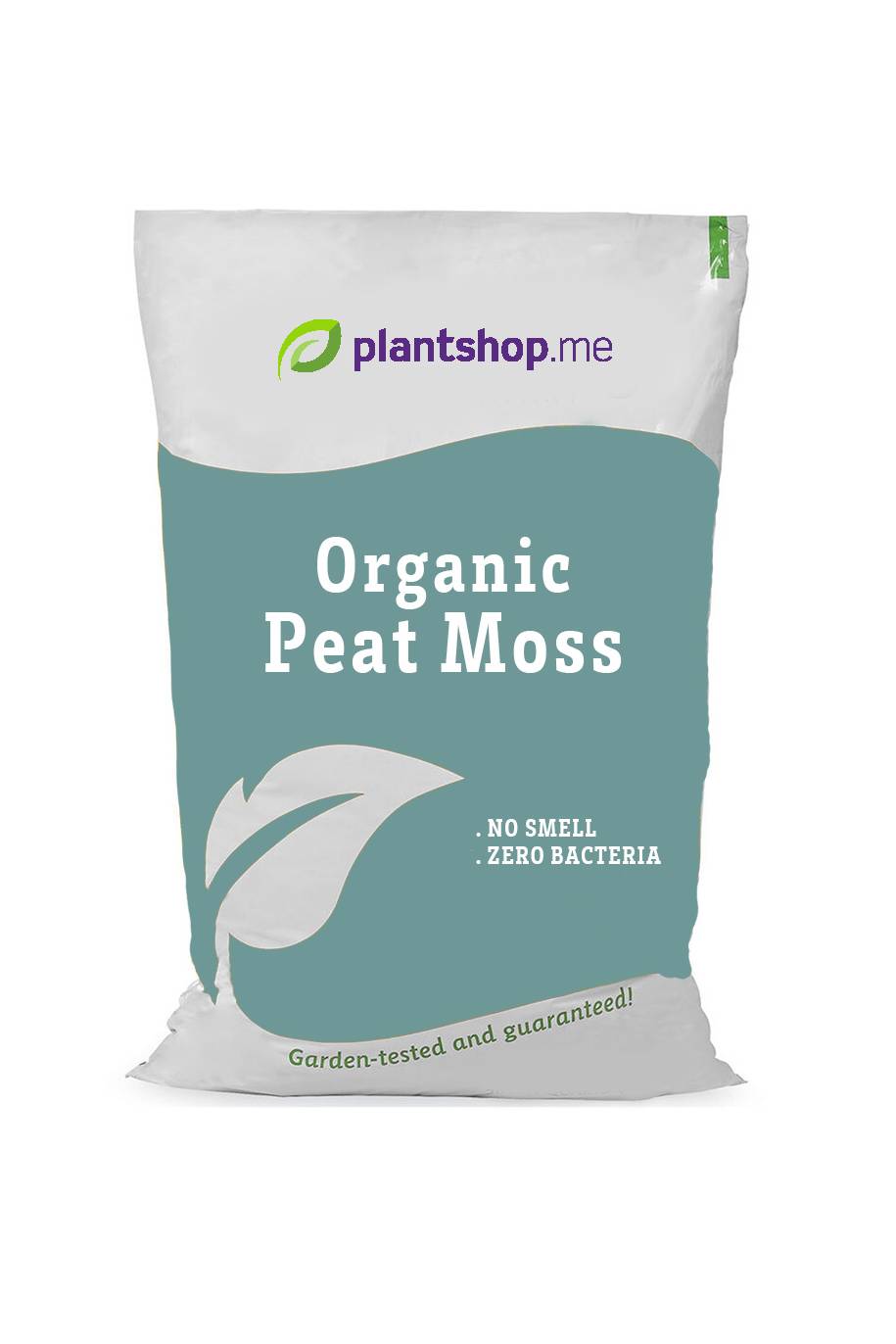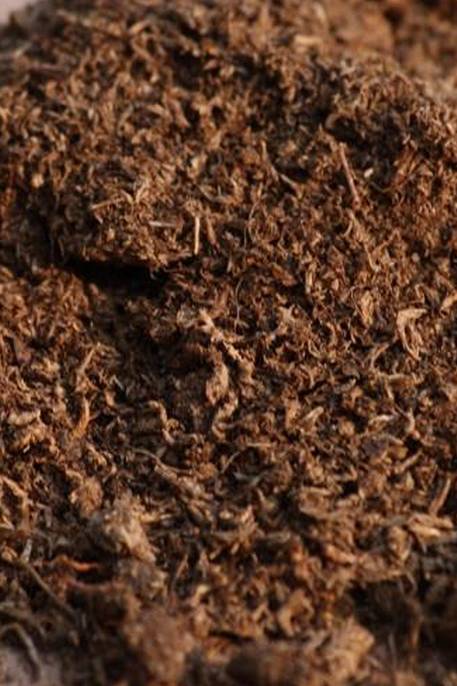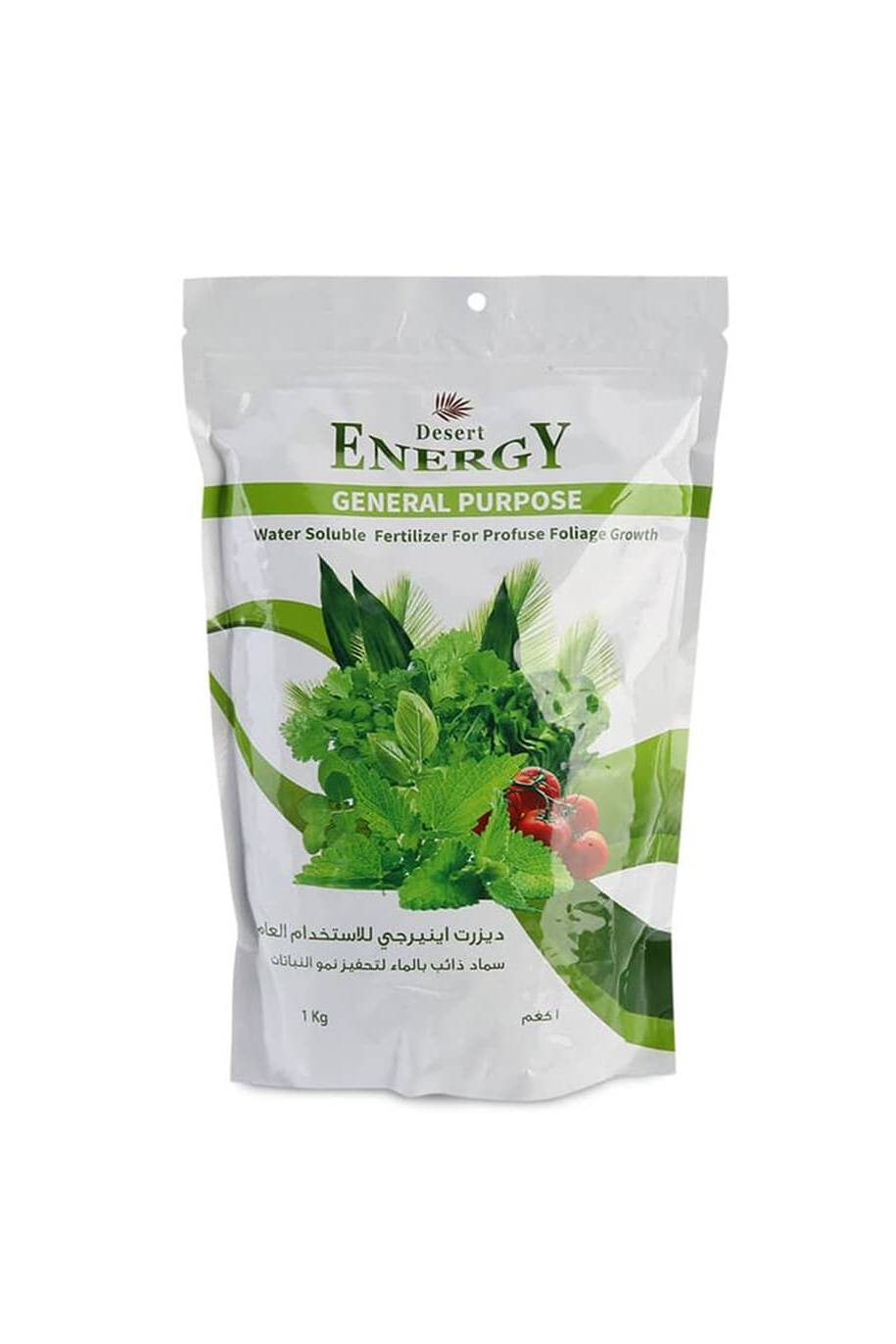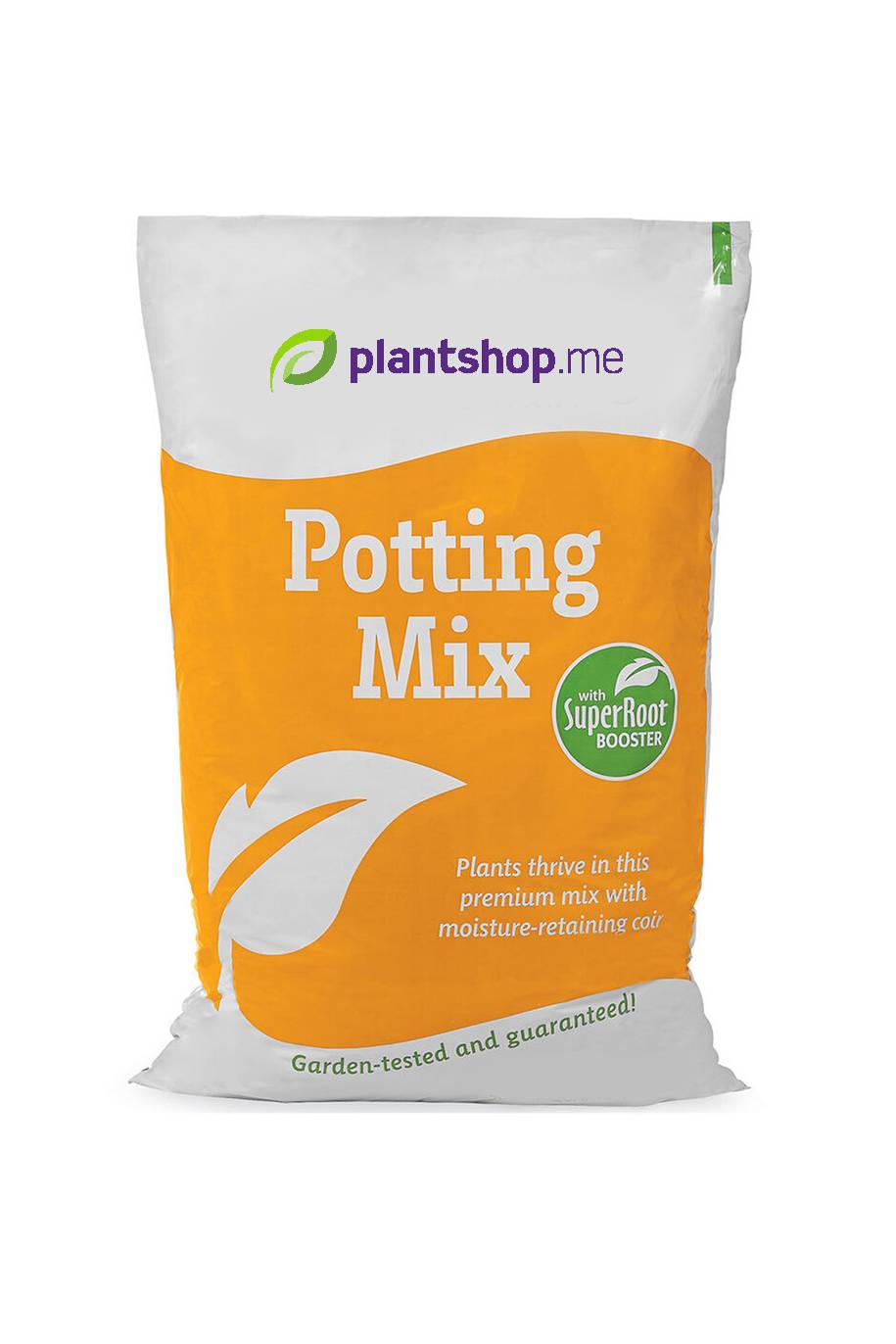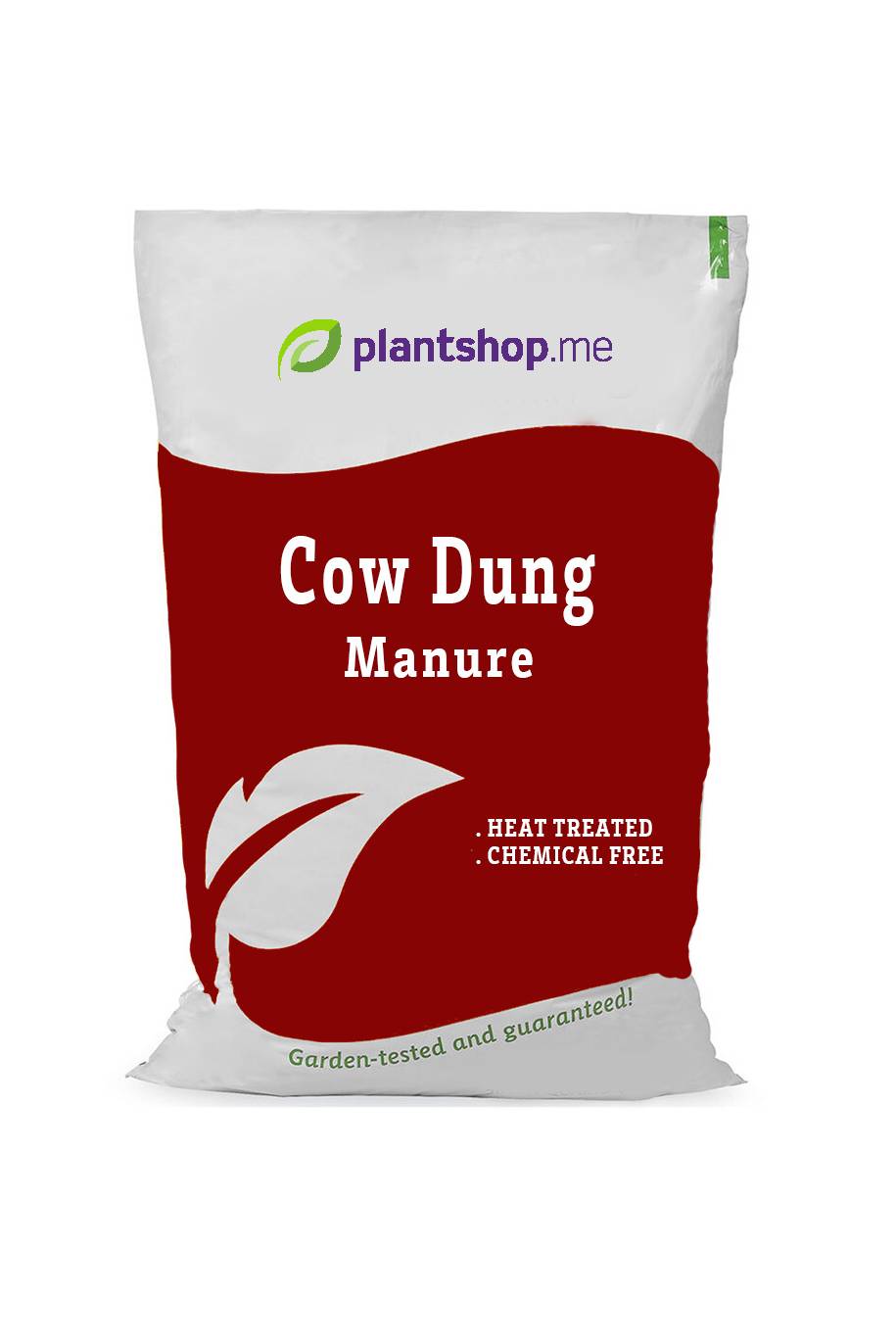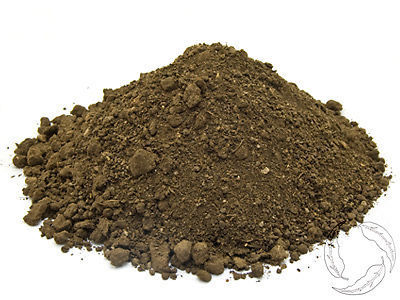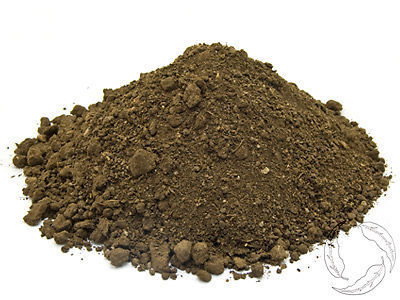Plant Bio
Zinnias (Zinnia spp.) are popular annual flowering plants known for their vibrant and colorful blooms. They are relatively easy to grow, making them a favorite among gardeners and are perfect for attracting pollinators. Here's a description and care guide for mixed color zinnia plants:
Description:
Variety: "Mixed color" zinnias refer to a mix of different zinnia cultivars or varieties, each producing a range of bright and eye-catching colors. Zinnias come in a wide array of colors, including red, orange, yellow, pink, white, and various shades of purple and magenta.
Flowers: Zinnia flowers are typically daisy-like, with a prominent central disc surrounded by colorful petals. The size and shape of the flowers can vary depending on the specific zinnia variety. They often have a single, semi-double, or double layer of petals.
Height: Zinnia plants can vary in height, with some varieties staying compact at around 6-12 inches (15-30 cm) and others growing taller, up to 3 feet (1 meter) or more.
Care Guide:
Planting:
Zinnias are warm-season annuals, so they should be planted after the last frost when the soil has warmed up to at least 60°F (15°C).
Choose a sunny location in your garden that receives at least 6-8 hours of direct sunlight daily.
Soil:
Zinnias prefer well-draining, loamy soil. They can tolerate a range of soil types but do best in soil with good fertility.
Prepare the soil by incorporating organic matter, like compost, to improve its structure and fertility.
Watering:
Water zinnias deeply when the soil becomes dry to the touch, typically once a week. Be sure to water the base of the plants and avoid wetting the foliage to prevent fungal issues.
Fertilization:
Zinnias generally don't require a lot of fertilization. A balanced, all-purpose fertilizer applied at planting or early in the growing season should be sufficient.
Avoid excessive nitrogen, as it can lead to lush foliage at the expense of flowers.
Spacing:
Plant zinnia seeds or seedlings at the recommended spacing for the specific variety you're growing, typically 8-12 inches (20-30 cm) apart.
Proper spacing allows for good air circulation and reduces the risk of diseases.
Deadheading:
To encourage continuous blooming, deadhead spent flowers regularly. This involves removing the faded blossoms to encourage the plant to produce more flowers.
Pest and Disease Management:
Zinnias are generally not highly susceptible to pests or diseases. However, you should watch for common garden pests like aphids or caterpillars and treat them as needed.
Adequate spacing and avoiding overhead watering can help prevent fungal diseases.
Support:
Taller zinnia varieties may benefit from staking or support to prevent them from bending or falling over as they grow.
Mulching:
Applying a layer of organic mulch around the base of zinnia plants can help retain moisture, regulate soil temperature, and reduce weed competition.
Mixed color zinnias are a great addition to flower beds, borders, and cutting gardens. Their bright and varied colors make them a cheerful and visually appealing choice for gardeners. With the proper care and attention, these annuals can provide a stunning display of colorful blooms throughout the growing season.









